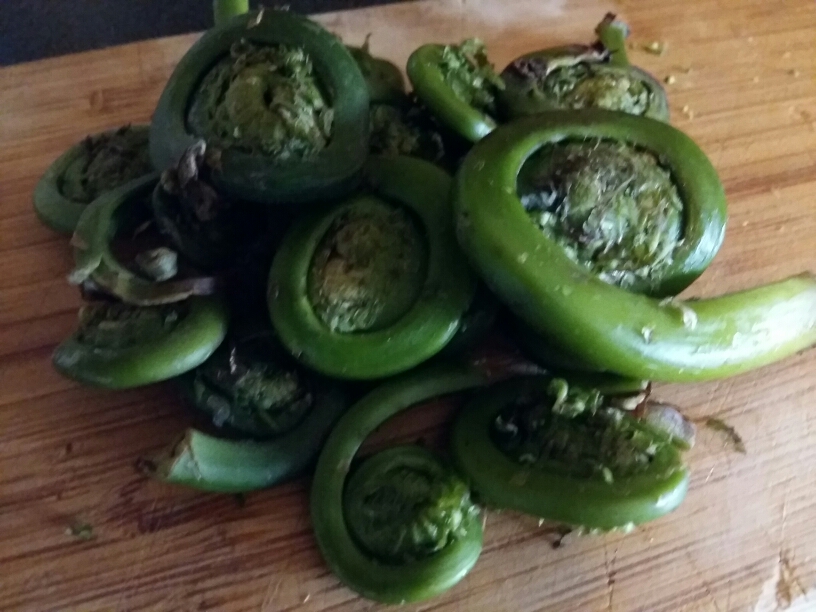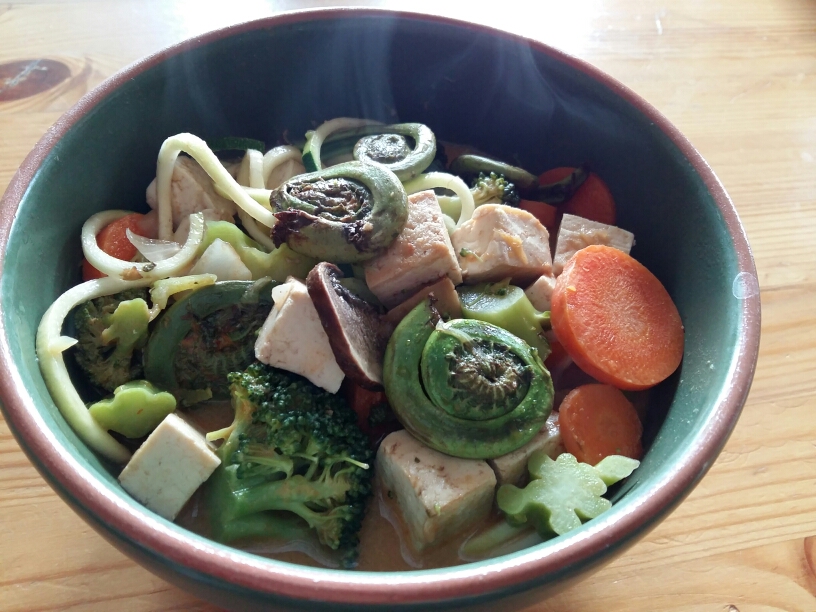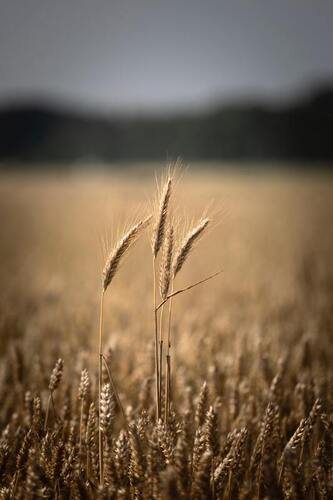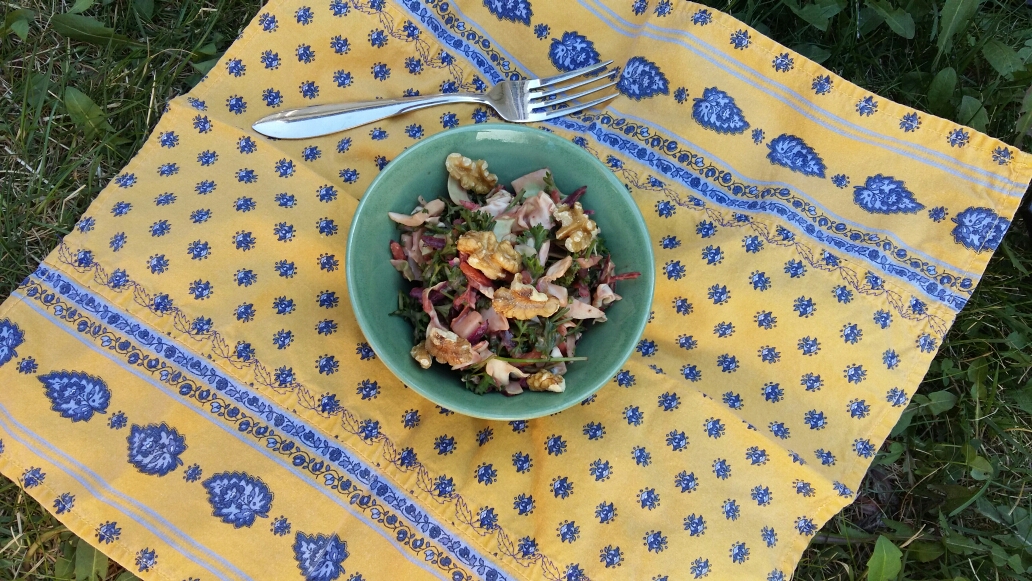I love fiddlehead season! It's short though so you got to get it while it's good. The crunchy, crisp, earthy taste of fiddleheads is paired well with a lot of different meals. I put some in a tomato basil pasta the other night and last night was my favourite; Pho, hot steamy, veggie Pho. Pho with fiddleheads, the only thing I like more than eating it was saying fiddlehead pho, makes me feel silly.
What isn't silly is their nutrient density!
Fiddlehead ferns are unique in appearance, taste, and nutrition profile. The curly young shoots carry just 34 calories per 100g. , while their high-quality nutritional profile consists of health benefiting plant proteins, antioxidants, vitamins, and omega-3 fatty acids.
Their unique sweet taste might come from their richness in vitamin C. 100g of fresh fronds contains 26.6 mg or 44% of daily-required levels. Paired with flavonoid compounds like carotene, this helps scavenge harmful free radicals, and offer protection from cancers, inflammation, and viral cough and cold.
Fresh fronds are also very high in vitamin-A, and carotenes. 100g of fiddleheads hold 3617 IU of or 120% of recommended daily requirements of vitamin-A. Vitamin A is a powerful natural anti-oxidant and is required by the body for maintaining integrity of skin and mucusa. It is also an essential vitamin for vision.
Fern shoots are a very good source of minerals and electrolytes, especially potassium, iron, manganese, and copper. 100g of fresh shoots contains 370 mg or 7% of daily-required levels of potassium. Potassium is a heart friendly electrolyte, which helps reduces blood pressure and heart rate by countering effects from sodium.
They also have B-complex vitamins such as niacin, riboflavin, and thiamin in small amounts.
Best of all they are freakin delicious floating around in a spicy, tangy, coconut creamy broth!!
I'll post the recipe soon, I just got excited about the fiddleheads...



